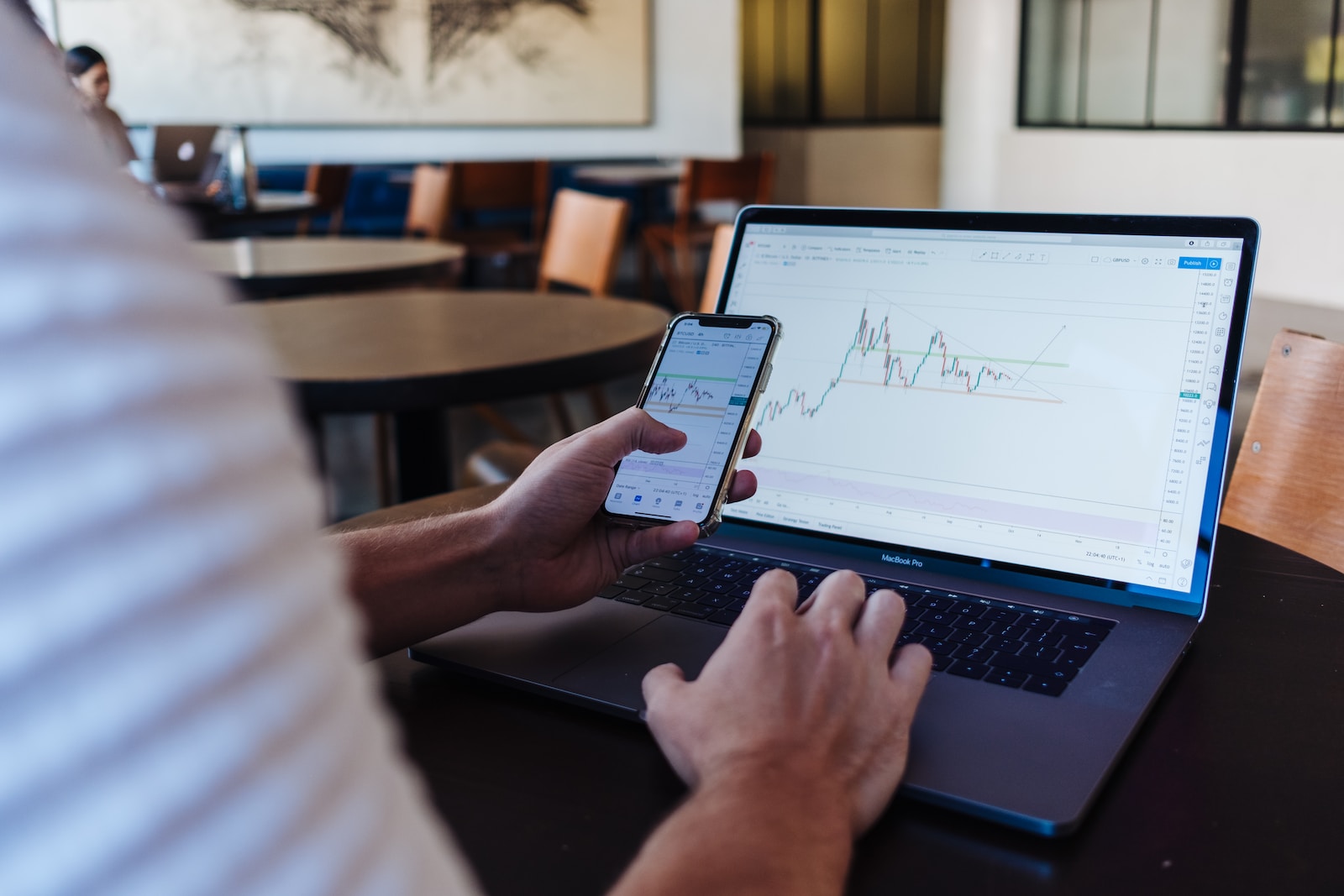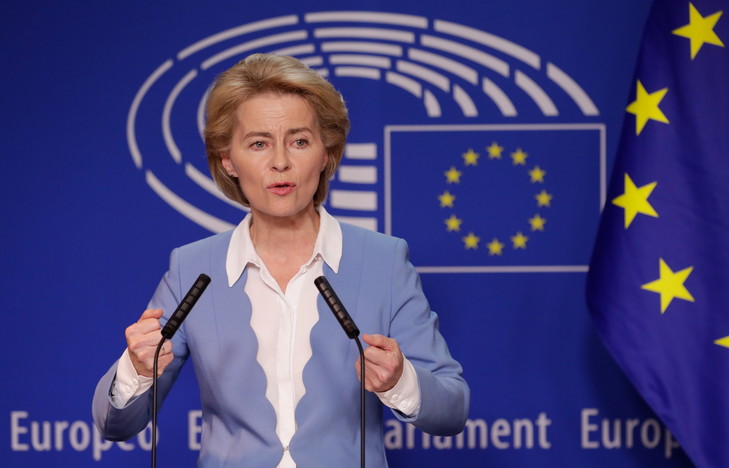Paris, October 24th, 2023: In its 2024 Foreign Exchange Market Outlook released this week, iBanFirst, a leading global provider of foreign exchange and international payments for businesses, present in 10 European countries, provides SMEs, especially those doing international payments, with an overview of key trends for the upcoming year. The objective is to help SMEs to shape their currency risk management strategy for 2024. In these times of low growth and threats to margins, optimizing international payments is no longer an option for them.
- Foreign exchange market volatility, which decreased during the first half of 2023, due to synchronized monetary policies, is poised for a comeback in 2024, exposing SMEs to increased costs and business uncertainty.
- The Euro is still too expensive against the dollar; the single currency’s fair value is closer to around 1.03-1.05. For SMEs doing international trade, this means higher import costs or less competitive exports. They can protect themselves through risk management services or can consider business expansion into more stable markets.
- Key events expected to influence the European currency markets in 2024 include a new energy crisis, the return of stagflation, and a high risk of recession.
How will FX market volatility impact SMEs in 2024?
In 2024, as currency volatility is expected to come back, even a minor fluctuation in exchange rates can have an impact on the profit margins of trade businesses, affecting their competitiveness in international markets. Therefore, it is vital for import-export companies to understand, anticipate, and protect against currency fluctuations, as they can substantially influence their financial performance during these challenging economic times.
“The currency markets are expected to return to volatile conditions in 2024. This is due to various factors, including the conflict in Ukraine, a potential major crisis in the Middle East, and uncertainty surrounding inflation. It’s important to mention that currency fluctuations aren’t a problem limited to large multinational corporations; they can impact businesses of all sizes, including SMEs involved in cross-border trade. In light of this, business owners, CEOs, and CFOs should maintain a vigilant eye on the market-influencing factors. At stake: avoiding the loss of vital margins in these times of high inflation“, says Pierre-Antoine Dusoulier, CEO and Founder of iBanFirst.
For SMEs doing international trade, currency market volatility can pose a number of challenges such as:
● Increased costs: Currency market volatility can make it more difficult for import and export companies to predict their costs.
● Reduced revenue: Revenue of import and export companies could register a decrease, leading to a loss of market share and a reduction in profits.
● Increased uncertainty: This can make it more difficult for companies to make investment decisions and plan for the future.
● Damage to reputation: Currency market volatility can make it difficult for companies to meet their contractual obligations and therefore see their reputation damaged.
Companies doing import-export can however take a number of steps to mitigate the challenges of currency market volatility, such as:
● Monitor currency markets on a regular basis to stay informed of the latest trends. This will help SMEs to identify potential risks and to take steps to mitigate those risks.
● Develop a currency risk management plan to identify and mitigate the risks of currency fluctuations. The plan should include a hedging strategy and other risk management tools.
● Use a currency management specialist to help them develop and implement a currency risk management plan.
EUR/USD pair forecast for 2024
Based on economic fundamentals, iBanFirst’s analysts appreciate the euro is still too expensive against the dollar and that the fair value is closer to around 1.03-1.05. Contrary to the market consensus, iBanFirst’s analysts doubt that the US dollar will depreciate significantly in 2024. The US economy is doing well and even if it is likely to slow down in 2024, there is no recession in sight.
While many analysts predict a rate cut by the Fed during the first quarter of the year, they anticipate that the monetary policy pause will last longer than what is currently expected, keeping real interest rates at attractive levels in the US. Furthermore, the worsening global economic conditions are likely to bolster the strength of the dollar as it is seen as a safe-haven currency during times of uncertainty.
EUR/JPY pair forecast for 2024
The Reuters consensus expects Japanese monetary policy to remain unchanged at least until July 2024. In theory, this should lead to a prolonged depreciation of the yen. But according to iBanFirst’s analysts, the Bank of Japan could raise its policy rate by the end of 2023. This would be a marginal increase, probably 10 basis points. But it would be sufficient to lift the policy rate into positive territory – a fundamental change for Japan. It’s likely that investors will once again take long positions in the JPY, causing the EUR/JPY pair to decline.
Key events that will influence the European currency markets in 2024
As we approach the end of 2023 and look ahead to 2024, despite the ongoing uncertainties in the global economy, there are still several indicators that can provide signals about the evolution of the forex market in the upcoming year.
- A new energy crisis especially if the geopolitical situation in the Middle East deteriorates further. At the moment, the scale of the crisis is not as severe as last year’s.
- The return of stagflation in Europe as recent data reveals weak economic growth and inflation rates higher than expected in Germany and France. The situation in the UK looks also concerning.
- High recession risk in the Eurozone is determined by the delayed post-Covid economic rebound, the lasting energy crisis, and the overly restrictive monetary policy.
The full report is available here: https://shorturl.at/chR19.
About iBanFirst
Founded in 2016, iBanFirst offers a next-generation cross-border payment experience that combines a powerful platform and the support of FX experts. With more than 350 employees in 10 European countries, processing a volume of transactions worth more than €1.4 billion each month, and listed by the Financial Times as one of Europe’s fastest-growing companies, iBanFirst became in less than 10 years a trusted partner for SMEs across borders.
iBanFirst has the financial backing of the French public investment bank (bpiFrance), European venture capital leaders (Elaia, Xavier Niel), and the American investment fund Marlin Equity Partners (more than 8 billion dollars of capital under management). Regulated by the National Bank of Belgium as a payment institution, iBanFirst is authorized to operate throughout the European Union. Member of the SWIFT network and SEPA certified, iBanFirst holds AISP and PISP accreditations under PSD2.














